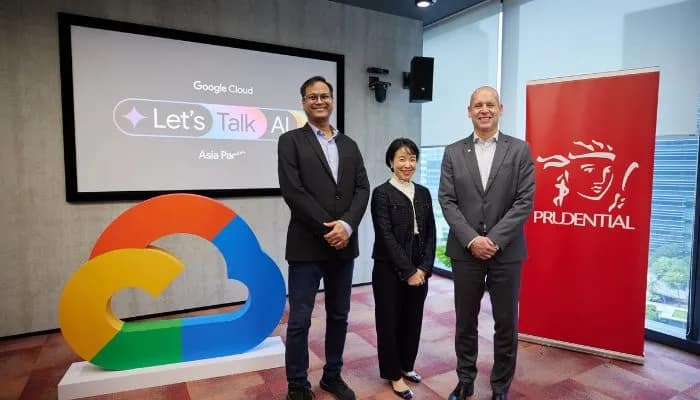Singapore – A new global study from WE Communications recently found how corporate reputation and disease-specific leadership significantly influence physicians’ prescribing choices when medicines are otherwise similar, with key findings including: 81% of physicians say reputation affects their perception of medicine value.
In said study, it highlighted that majority of physicians agree that disease-specific leadership (59%) and corporate reputation (58%) are very or extremely influential on which medicine they choose to prescribe.
Of the four biggest drivers of corporate reputation, physicians see ‘reliability and credibility’ as the most important, ahead of ‘trust,’ ‘transparency and communication’ and ‘innovation.’
The report detailed how physicians view a company’s reputation on different levels. At the highest level, it is the strength of the company’s reputation. At the next level, it is the depth of the company’s reputation in a specific disease area, and then at the foundational level, it is the reputation of specific brands.
“Companies that invest in building their above-brand, disease-specific reputation will be able to speak beyond specific treatments and paint a more holistic, highly valued picture of their commitment to a therapeutic area — one that may prove influential in tipping the scales in favor of their treatments,” said Stephanie Marchesi, president of WE Global Health.
Top drivers for corporate reputation amongst physicians
The report found that 62% of physicians described ‘reliability and credibility’ as “confidence in product quality and efficacy.” Brands should emphasise evidence-based outcomes, quality control and transparency about clinical trials. Moreover, more than half (53%) of physicians believe that when companies demonstrate a long-term commitment to patients and well-being, this helps earn physicians’ trust. Storytelling should focus on ethical drug development practices, safety record and patient support programs.
‘Transparency and communication’ is also a driver for corporate reputation, with the study highlighting transparency in clinical research (39%) and clear communication with stakeholders (31%) as top priorities. For younger physicians, transparency in clinical research is especially important, so communications should reflect openness about challenges and successes.
Lastly, around 47% of respondents say that being a leader in R&D innovation is one of the top actions that pharma/biotech companies can do to improve their reputation. Highlighting commitment to advancing healthcare through innovative solutions will resonate with physicians, particularly with the increased adoption of artificial intelligence in drug development, care management and patient access.
“Reputation can make the difference between a physician writing a script for your treatment or not,” Marchesi said.
Meanwhile, Emma Hussey, head of health, Australia, at WE Communications said, “Our research shows that advocating for access to medicine and taking a patient-centric view is good for patients, reputation and business. It’s time for the industry to better tell that story.”
How to properly build positive corporate reputation
To begin with, the report showed that brands should evaluate the strength of their company’s reputation at the corporate and brand level, as well as understand which areas of reputation are working well for them and which areas need bolstering.
Moreover, brands must educate their internal stakeholders about the power of reputation–in this context as a physician influencer and bottom-line business driver.
The report also highlighted that brands should consider leading with their innovation story if the company needs to improve its reputation, adding that innovation is the fourth most important lever of reputation in the eyes of prescribers.
It also shed light on the importance of stakeholders and viewed in the context of the healthcare industry, to not just view them as customers, but also as allies. Physicians are willing to partner, lock arms and act in the interest of patients and industry.
Another recommendation from the report is for brands to highlight both the scientific and patient journey from molecule to medicine, embracing opportunities along the way to showcase pioneering approaches to drug discovery, delivery, clinical trials, data collection, patient access and education — especially in areas with underserved medical needs.
The biggest takeaway for communications and marketing pros is to be deliberate in evaluating the strength of their reputation at each level, so they know where to focus to fully leverage the power of reputation as a lever to influence prescribing behaviours.
***
Corporate reputation in the healthcare industry offers valuable lessons for marketing and communication professionals aiming to strengthen their own brand reputations. In healthcare, trust, transparency, and consistency are essential in building credibility with patients and stakeholders—principles that apply across industries. Marketing professionals can learn from healthcare’s focus on delivering clear, honest communication and demonstrating social responsibility, which enhances public perception.
By prioritising customer engagement, addressing concerns promptly, and maintaining ethical practices, brands can build a strong, lasting reputation. Understanding how reputation management in a highly regulated, trust-dependent field like healthcare operates provides a blueprint for fostering brand loyalty and long-term success.









